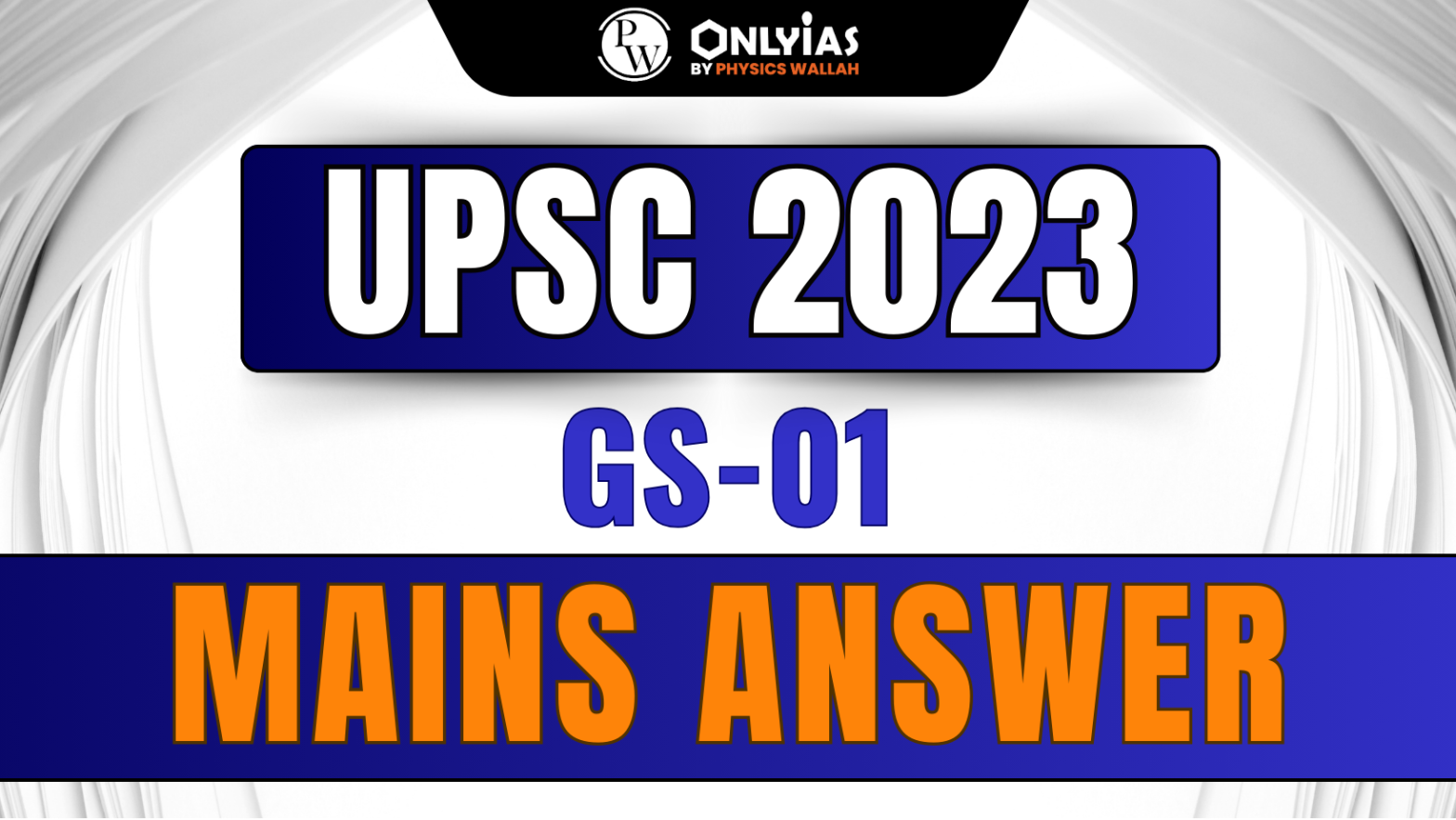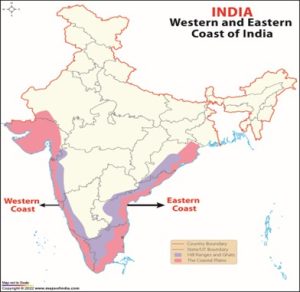Q.14 Comment on the resource potentials of the long coastlines of India and highlight the status of natural hazard preparedness in these areas.

Q.14 Comment on the resource potentials of the long coastlines of India and highlight the status of natural hazard preparedness in these areas.
Ans:
Introduction
Body
Resource Potentials of the Long Coastlines of India:

Status of Natural Hazard Preparedness in these Areas:
Gaps/Challenges in Natural Hazard Preparedness in These Areas:
Way Forward
Conclusion
India’s extensive coastlines present a unique duality, offering abundant resources while also being susceptible to natural hazards. However, through concrete measures, India can pave the way for unlocking the full potential of its blue economy resources while enhancing disaster resilience.
| For a Detailed explanation of the UPSC GS-01 Mains question 2023, click here.
For a Detailed explanation of the UPSC GS-02 Mains question 2023, click here. For a Detailed explanation of the UPSC GS-03 Mains question 2023, click here. For a Detailed explanation of the UPSC GS-04 Mains question 2023, click here. |

<div class="new-fform">
</div>